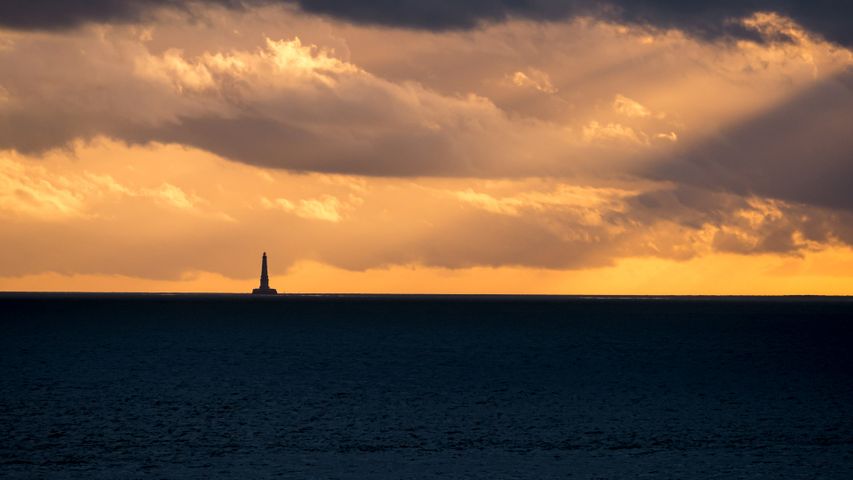Grey seal with laughing expression on a stony beach in Norfolk, England
© the_guitar_mann/iStock/Getty Images Plus/Getty Image
A seal of smiles. Grey seal, Norfolk
This cheerful looking chap is a grey seal, Britain’s largest regular-breeding mammal and the first mammal to win protection under modern legislation. Back in 1914, grey seals had been hunted to near-extinction before the Grey Seals Protection Act was passed. These days, about half of the global population of grey seals – roughly 200,000 of them – live around the British coast. This one has ‘hauled out’ (the term for coming out of water to spend time on land) in Norfolk, one of several established colonies dotted around the UK coast.
These charismatic animals, which can reach 2.6m (8.5ft) in length, spend most of their time at sea, feeding on fish. While out there for days at a time, they use various techniques to conserve energy, including “bottling” and “logging”, in which they bob around vertically or horizontally in the water with just their heads or backs breaking the surface. They are brilliant divers who can stay underwater for up to 45 minutes. They return to land to rest, digest their food and socialise, sometimes in groups of several hundred.
Grey seal females start to haul themselves onto beaches between late September and December, to give birth to a solitary pup. Norfolk is home to two pupping sites – Blakeney Point and Horsey Beach, where thousands of grey seals are born each year. It’s a huge turnaround in a short space of time – the first grey seal pup on Blakeney Point was spotted in 1988. In 2019, a new record was set when 3,399 pups were born on the reserve.
Related Images
Bing Today Images



 Red fox father and kit, Washington, USA
Red fox father and kit, Washington, USA
 Hippopotamus mother and calf, South Luangwa National Park, Zambia
Hippopotamus mother and calf, South Luangwa National Park, Zambia
 Sea otter in Bartlett Cove, Glacier Bay National Park and Preserve, Alaska
Sea otter in Bartlett Cove, Glacier Bay National Park and Preserve, Alaska
 Island fox in Channel Islands National Park, California
Island fox in Channel Islands National Park, California
 Icelandic horses standing in a field, Iceland
Icelandic horses standing in a field, Iceland
 Street party for the coronation of Queen Elizabeth II in 1953
Street party for the coronation of Queen Elizabeth II in 1953
 Polar bear mother with cubs in Wapusk National Park, Manitoba, Canada
Polar bear mother with cubs in Wapusk National Park, Manitoba, Canada
 Arctic fox in Dovrefjell-Sunndalsfjella National Park, Norway
Arctic fox in Dovrefjell-Sunndalsfjella National Park, Norway



